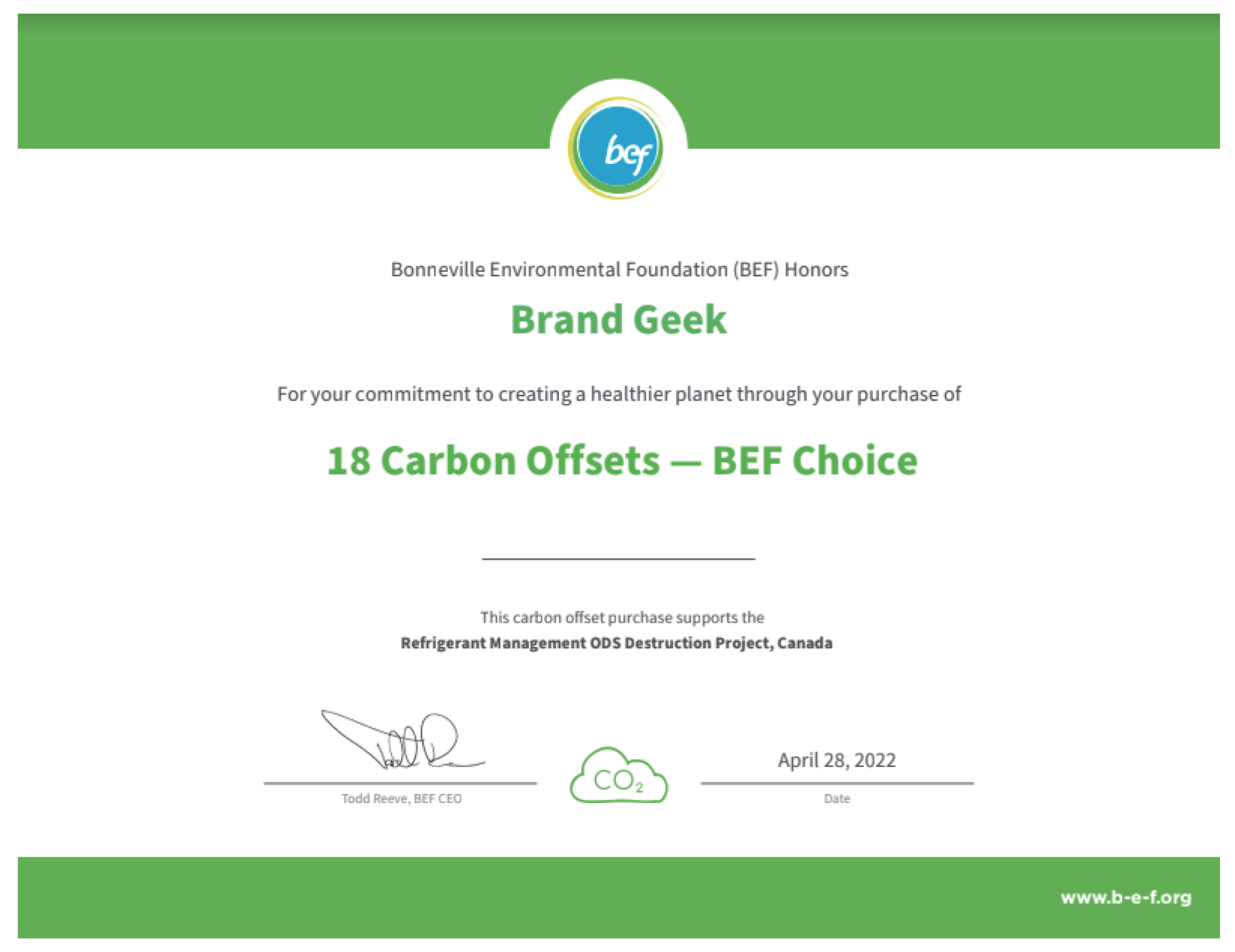Brandgeek proudly supports Mountain Area Preservation and is humbled to be…
Sustainable Brands 2011 — Measuring the ROI from Sustainability Initiatives
Gil Friend of Natural Logic and Robert Boller, VP of Sustainability from Jackson Family Wines (commonly known as Kendall Jackson, though that’s just one of their 70 brands) opened Sustainable Brands 2011 this morning with a session designed to help participants calculate their return on investment (ROI) from their sustainability initiatives.
This post focuses on Gil’s portion of this morning’s presentation.
Gil’s company, Natural Logic, helps companies design, implement, and measure profitable sustainable strategies. He warned us working with him is a little like drinking from a fire hose (messy & wet?!). Gil urged us to focus on the question: What is the Purpose of Your Business? ROI measurement must be examined from this frame. Gil stated at the outset that he is “opposed to CSR,” because CSR (Corporate Social Responsibility) often is perceived as a separate part of the business, when in reality it is an integral component of the answer to the question: What is the Purpose of Your Business?
Gil emphasized that he is not opposed to CSR activity, but to the framework in which it generally is discussed, examined and measured. He explained that corporate social responsibility should be part of the framework of the company, not just something that’s done only when it’s convenient, easy, or financially quantifiable in the short term. Gil described metabolism — the living system in an organization — which may be measured through three “key” indicators: (i) return on investment; (ii) Throughput(TM) pie — product/non-product ratio; and (iii) carbon footprint. Gil has found that the boundaries of consideration are flawed in most companies because they are too narrow and shortsighted. MIT’s Sloan School of Management did a survey last year: 90% of companies said that sustainability is important to them, but more than 70% said they had not developed the business case for sustainability.
The business case for sustainability is to provide a good return on investment of time, money and brand. Successful ROI means that the endeavor generates more value than other potential investments of that time and money. For most companies, brand value is worth much more than tangible assets of the business.
Generally speaking, to determine ROI, you divide the intended outcome by the cost (time & $$) of the investment. While we have general accounting principles to measure success of a marketing campaign (cost/income), unfortunately, there is no generally accepted formula to measure ROI for social programs, apart from cost/income, which “payback” method of accounting does not measure the true value of social programs.
Gil urged the workshop participants to avoid measuring success through separate unrelated steps, which almost certainly overlooks at least some of the true value of the programs. Gil recommended looking at financial ROI along with structural and behavioral measured to determine the real ROI. Gil explained some of the metrics that Stonyfield Farm and Pacific Community Ventures measure as models for ways to measure ROI on these company’s social programs. eBay’s World of Good also has done a good job creating a social impact measurement of “cash from its social programs.”
Gil urged us to distinguish between outputs and outcomes. While you should translate outputs into a dollar value whenever possible, monetization is not the only thing that’s good and is not the only measurement of success — don’t give positive outcomes short shrift simply because they cannot be quantified financially. Where outcomes are qualitative, discuss them, use them in storytelling. In conclusion, Gil recommended using a 10 year time horizon and avoiding limiting evaluations to market-based values.
 Just because an environmental or social program cannot be quantified monetarily doesn’t mean it should be discounted or ignored. Brand value, aka “goodwill” (the ability to generate additional sales) is impacted (positively or negatively) by all activities in which the company engages. The challenge is conveying value internally and externally.
Just because an environmental or social program cannot be quantified monetarily doesn’t mean it should be discounted or ignored. Brand value, aka “goodwill” (the ability to generate additional sales) is impacted (positively or negatively) by all activities in which the company engages. The challenge is conveying value internally and externally.





Comments (0)